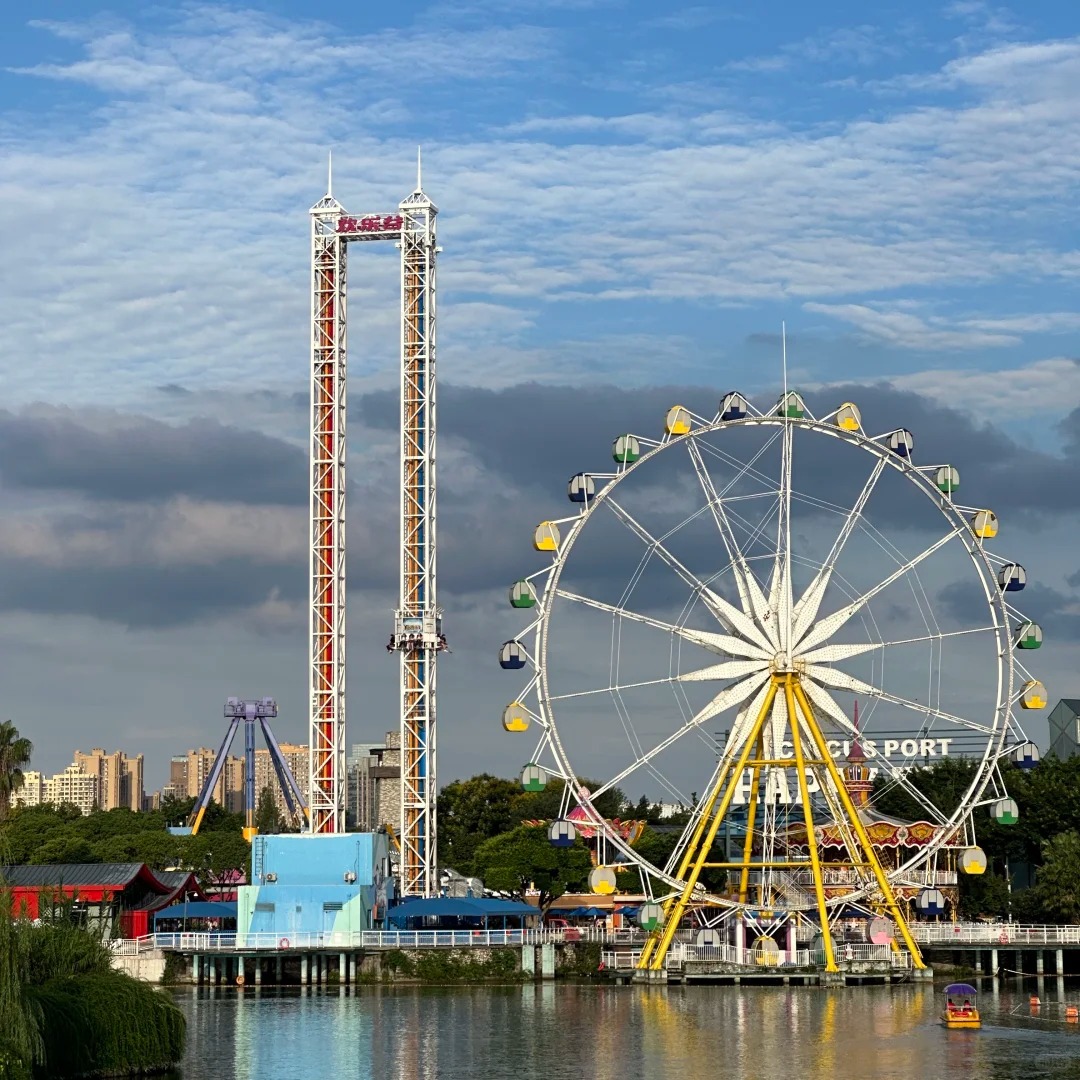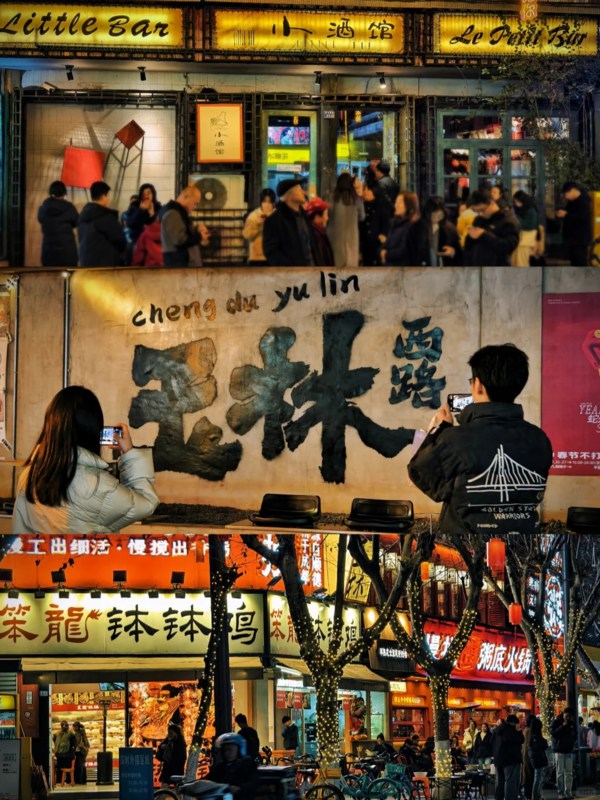There’s a moment, standing in front of a China historical site, when time feels slippery. The modern world fades a little, and you catch yourself wondering who else stood here centuries ago. Maybe it’s on the Great Wall at sunrise, the wind pushing against your coat, or inside the Forbidden City’s courtyards where footsteps echo off red walls. These places aren’t preserved just to be looked at—they’re bridges, linking your steps to those who walked before. And every bridge is worth crossing at least once.
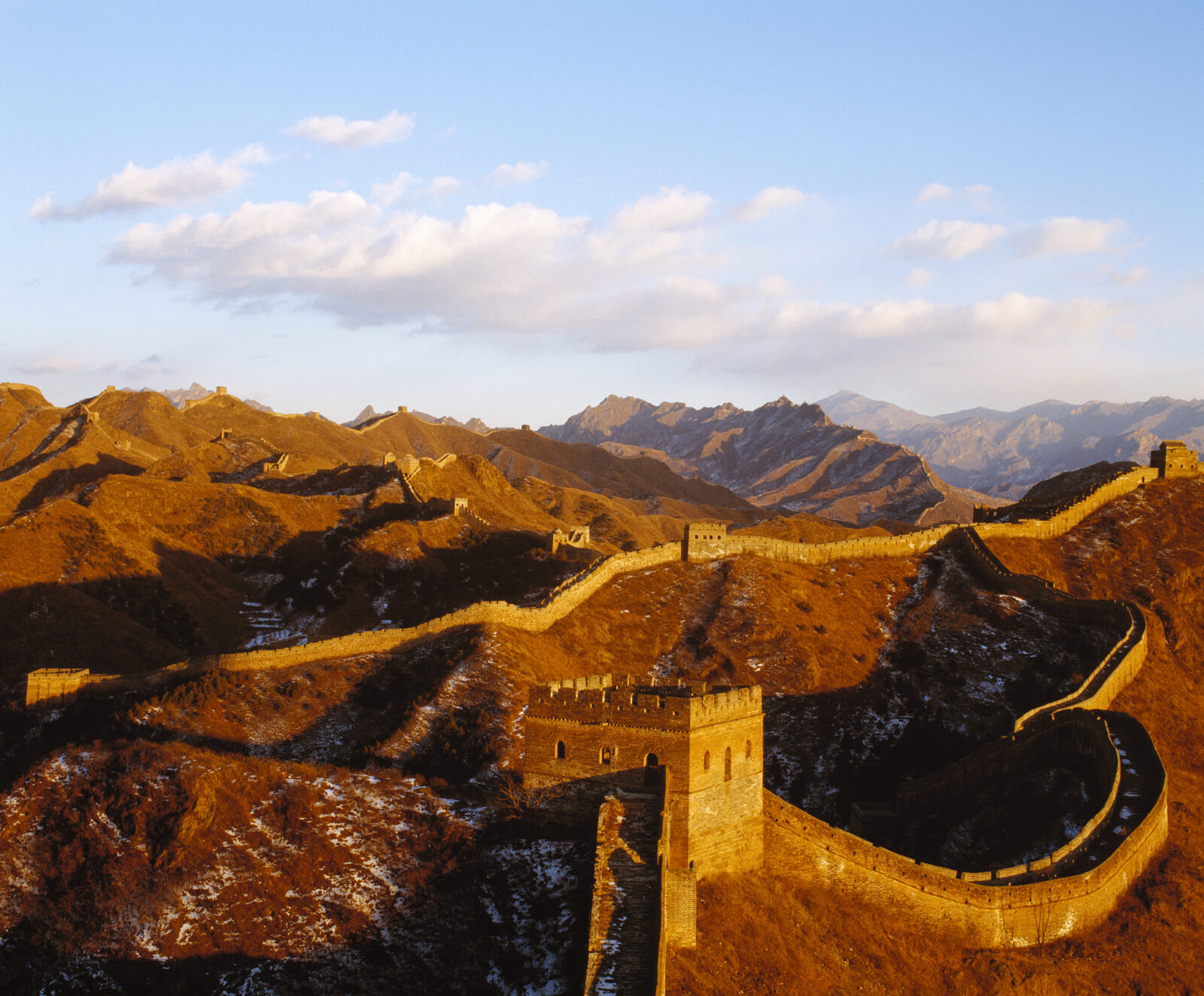
The Great Wall at Sunset
The Lasting Value of China’s Historical Sites
China’s history doesn’t just sit in books—it lingers in stone walls, temple courtyards, and quiet alleyways. With over 5,000 years of civilization, these sites aren’t just relics; they’re living chapters of a story still being told. Many are now part of the UNESCO World Heritage list, a nod to their global cultural weight. The Great Wall, the Forbidden City, the Mogao Caves—they’re more than postcard images. They carry the rituals, beliefs, and struggles of generations.
I remember one winter morning outside the Forbidden City. The square was nearly empty, the air sharp. A vendor pushed a cart of steamed buns past, steam curling into the cold. Waiting for the gates to open, it felt less like queuing for a tourist site and more like standing at the edge of history. That’s the pull of these places—you’re not just looking at the past, you’re standing in it.
China’s story stretches across millennia; explore 13 Guangzhou Historical Sites: From Ancient Temples, Colonial Architecture to Cultural Heritage and uncover Guangzhou’s enduring legacy.
How to Plan Your Visit to China’s Most Important Historical Sites
Picking which China historical sites to visit can feel overwhelming—there’s just so much history. A good way to start is to group them by theme. If you’re drawn to ancient capitals, plan a loop around Xi’an (Terracotta Army) and Luoyang (Longmen Grottoes). Prefer imperial China? Base yourself in Beijing for the Forbidden City, Temple of Heaven, and Summer Palace. If Buddhist art is your focus, fly west to Dunhuang for the Mogao Caves, or head to Tibet for monasteries and prayer halls.
Once you’ve chosen a theme, look at the map and connect cities in the same region—this saves both time and travel cost. For most travelers, two or three regions in one trip is plenty. That way, instead of rushing to “collect” landmarks, you’ll have time to actually experience them.
Timing matters more than most people think. Spring and autumn are gentle on both the weather and your patience—warm days, crisp air, fewer tour-bus crowds. Winter has its charm too; I once walked the Great Wall in January with snow dusting the battlements. It was brutally cold, but the stillness felt ancient, like the wall had been waiting just for me. Summer? Possible, but be ready for queues and heat waves that sap your energy before lunch.
Getting there is rarely the hard part. High-speed rail links Beijing to Xi’an in under five hours, while domestic flights cover even remote heritage towns. Within cities, subways get you close to major sites, and long-distance buses fill in the gaps. From Xi’an’s railway station, for example, it’s easy to hop on a shuttle to the Terracotta Army; in Luoyang, buses or taxis will drop you at Longmen’s gates in under 30 minutes. The key is to plan just enough so you’re not stressed—but leave space for detours. After all, some of the best finds aren’t on the itinerary at all.
Curious where old Shanghai still breathes? See Legendary 12 Historical Sites in Shanghai: Walk Through the City’s Living Past
Top China Historical Sites You Shouldn’t Miss
1. The Great Wall of China – History You Can Walk On
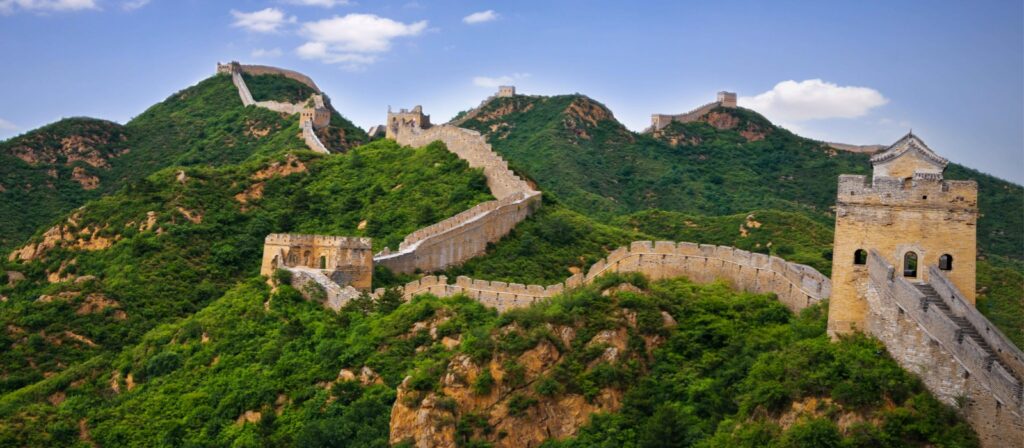
The Great Wall
Not all stretches of the Great Wall feel the same. Badaling is the polished showpiece—crowds, flags, and easy slopes. Mutianyu rolls through wooded hills, calmer but still cared for. Then there’s Jinshanling, half‑restored, half‑wild, where I once walked alone for nearly an hour. Stones underfoot were uneven, some loose, with wildflowers curling out of the cracks. It felt less like sightseeing and more like borrowing a soldier’s post for a morning. That’s when the Great Wall stops being a symbol and becomes something you can feel through your boots.
Planning to walk the Great Wall? Read this first—you’ll thank yourself halfway up those steps.
2. The Forbidden City – Imperial Power Preserved
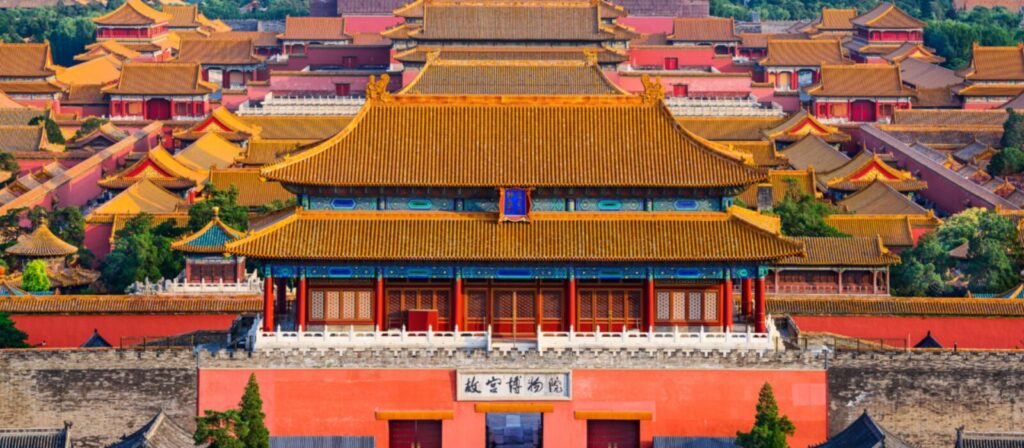
The Palace Museum
Step through Meridian Gate early in the morning, before the tour groups pour in. The courtyards are wide and hushed, red walls still cool from the night air. Every hall seems to hold its breath. The layout isn’t random—each axis, each gate, was planned to signal power and order. Inside, glazed tiles flash gold in the sun, and relics—jade seals, dragon‑pattern robes—hint at the weight of the throne. Come too late and you’ll shuffle with the crowd; come early and you might just hear the palace breathe.
The Forbidden City hides more stories than its courtyards can hold; this guide helps you hear them.
3. Terracotta Army in Xi’an – Meeting the First Emperor’s Army
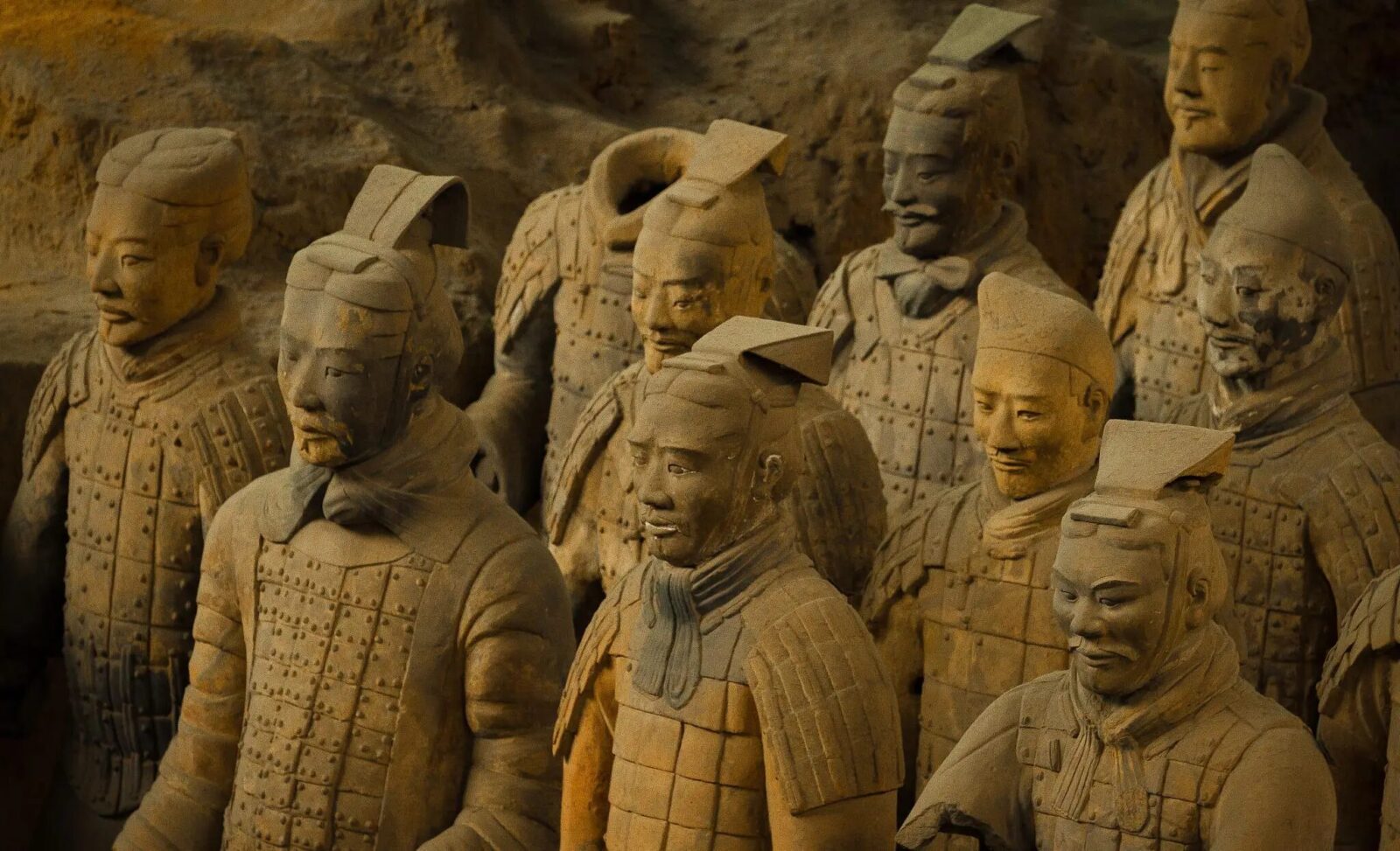
Close‑up of the Terracotta Army
In a cavernous hall outside Xi’an, row upon row of clay soldiers stand frozen mid‑march. Each face is different—brows furrowed, lips set, eyes scanning an invisible horizon. They were buried more than two millennia ago, meant to guard Emperor Qin Shi Huang in the afterlife. Standing there, you’re caught between awe and unease, as if the army might take a step forward. Excavation is still ongoing; you can see covered pits where the past is still sleeping. This isn’t a diorama—it’s the empire’s heartbeat, dug up from the earth.
Before you face Qin Shi Huang’s silent soldiers, check out this guide. It’ll make their stares mean something.
4. Luoyang Longmen Grottoes – Stone Carvings Through the Ages
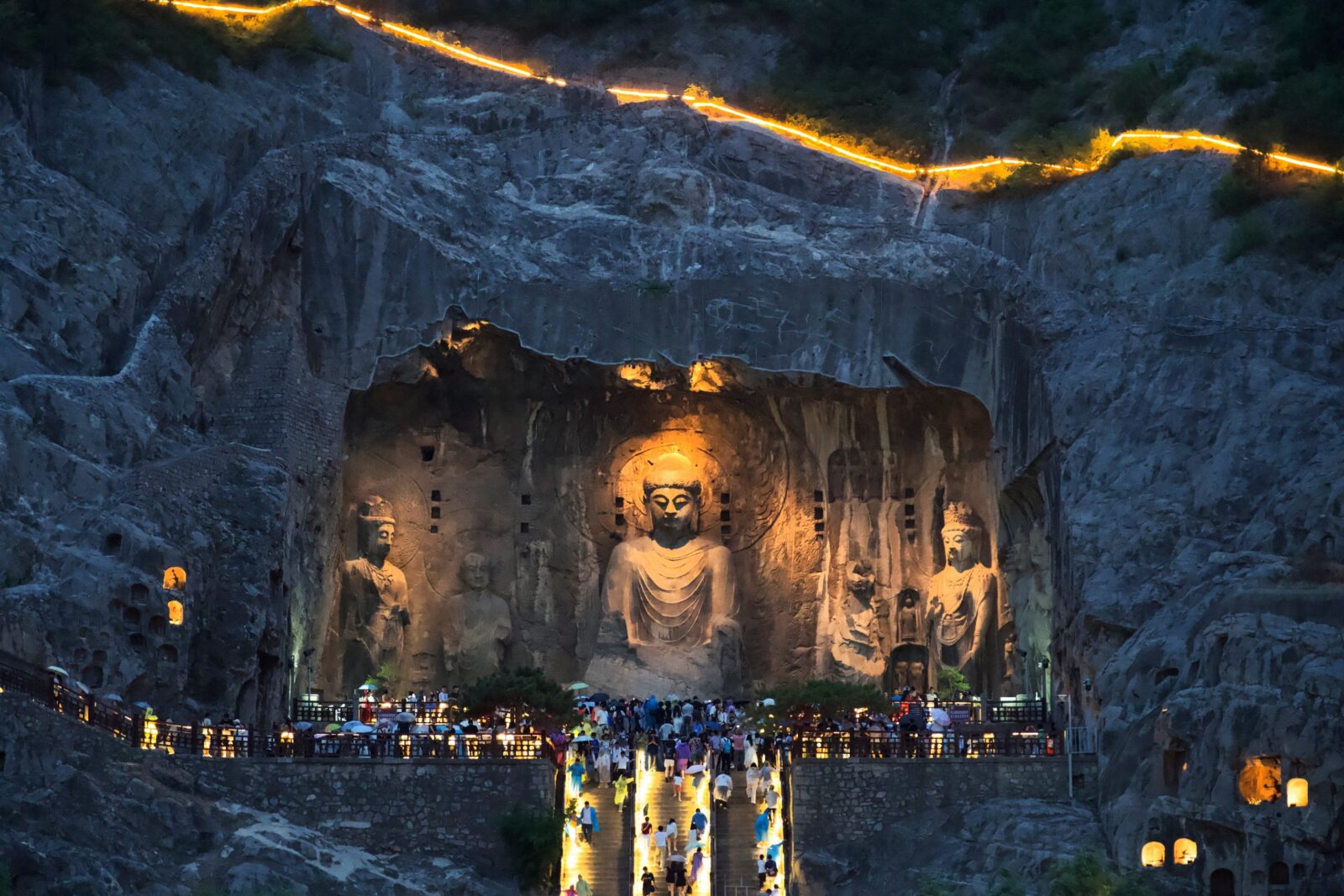
The Vairocana Buddha at Longmen Grottoes
Along the Yi River cliffs, thousands of Buddha statues watch silently. Some are tiny as a thumb; others tower several meters high, carved with flowing robes and serene smiles. The Longmen Grottoes in Luoyang have weathered dynasties, invasions, even neglect, yet the artistry endures. In the late afternoon, the setting sun slides across the carvings, turning the stone faces gold. I once lingered until the tourist boats left, and for a few minutes, it felt like the Buddhas had the river to themselves again.
From the peony‑filled streets to the silent Buddhas of Longmen, Luoyang holds history in every corner. This piece shows you where to find it.
5. Mogao Caves in Dunhuang – Buddhist Art on the Silk Road
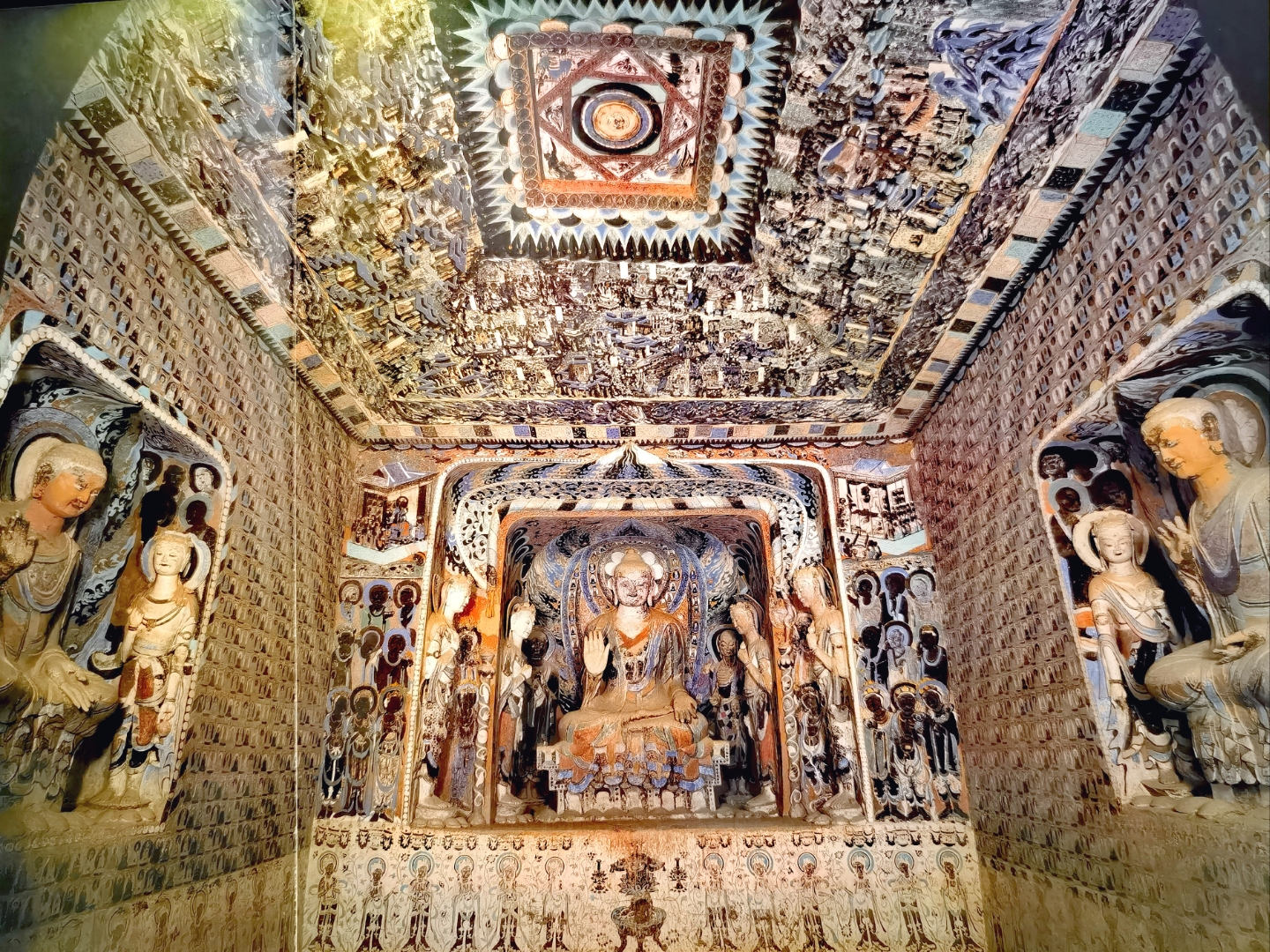
Interior View of the Mogao Caves in Dunhuang
Far in Gansu’s desert, the Mogao Caves guard a treasure of Buddhist murals and sculptures. Painted ceilings bloom with celestial patterns; walls tell stories from sutras and Silk Road legends. But access is limited—heat, sand, and time threaten the art. Tours are small and timed; you see a handful of caves, just enough to feel the pulse of a thousand‑year crossroads. Outside, the desert wind tastes of dust. Inside, you breathe the air of monks, traders, and artists who passed through long before you.
Dunhuang’s history is more than the Mogao Caves—discover all seven must‑visit sites here.
Practical Tips for Visiting China’s Historical Sites
Tickets and Opening Hours
For popular China historical sites, don’t assume you can just show up and stroll in. The Forbidden City, Mogao Caves, even sections of the Great Wall like Mutianyu often sell out during national holidays. Booking online in advance—sometimes weeks ahead for peak seasons—saves you from the “sold‑out” sign at the gate. Some sites open earlier than you think; I once walked into the Summer Palace at 7:00 a.m., nearly alone except for joggers and an old man flying a kite. Early hours not only beat the crowds, they give you a softer, quieter look at these places.
Guided Tours vs. Independent Travel
A guide can unlock stories you’d never pick up from signboards—hidden meanings in a temple mural, or why a certain hall’s floor squeaks underfoot. On the flip side, tours often rush you along, ticking sites off like errands. Going solo means freedom to linger, to follow side paths or stop for street food without apologizing to a group. My compromise? Hire a guide for half a day at the start—so you get the context—and spend the rest of your time wandering on your own. It’s like being handed a map, then allowed to draw your own route.
Respecting Cultural Heritage
Touching ancient carvings, leaning against fragile railings, or climbing where signs say “No Entry” isn’t just bad manners—it’s slow damage that adds up. Many sites have seen centuries of wear; they don’t need more from us. Photography can be tricky too. In some grottoes and museums, flash is banned because it degrades pigments; in others, any photography is forbidden. I keep a small notebook for quick sketches or notes when cameras aren’t allowed. And when in doubt, watch the locals—they usually know exactly what’s respectful and what’s not.
For details on itineraries, reservations, and timing, you can check Trip.com for up‑to‑date information.
Frequently Asked Questions (FAQs)
Q: Are there any lesser‑known China historical sites worth visiting outside big cities?
Absolutely. While the Great Wall and the Forbidden City hog the spotlight, smaller gems like Pingyao Ancient City in Shanxi or the Yungang Grottoes near Datong feel like time machines with fewer people jostling for space. Even rural temples in provinces like Anhui can surprise you—quiet courtyards, faded murals, and caretakers who’ll chat if you linger. These places aren’t always easy to reach, but that’s half the reason they’ve stayed authentic.
Q: Can you stay overnight near historical sites to get a different experience?
Yes, and it can change the whole mood of your trip. Staying in a courtyard hotel near the Xi’an City Wall means you can wander the ramparts at night when the crowds are gone. In Luoyang, guesthouses near the Longmen Grottoes let you catch the golden hour without rushing. Some heritage areas even have boutique stays inside restored buildings—it’s like sleeping inside history itself.
Q: Are there special events or festivals held at China historical sites?
Some sites come alive during festivals. Think lantern fairs at ancient city walls during Lunar New Year, or temple fairs at heritage temples in spring. Even the Forbidden City occasionally hosts cultural exhibitions that pull rare artifacts out of storage. If your timing’s right, you might catch costumed parades, live music, or calligraphy demonstrations—all framed by centuries‑old walls.
Q: What’s the best way to photograph China historical sites without just copying postcard shots?
Skip the front‑and‑center angles everyone lines up for. Walk to side alleys, climb nearby hills, or catch reflections in water. Early morning and just before closing often have softer light and fewer tourists in frame. And don’t forget the small details—weathered doors, stone carvings half‑hidden by moss—those often tell the richer story.
Q: Are there ways to connect with local communities while visiting historical sites?
Definitely. Join a tea ceremony in a courtyard near a temple, take a short calligraphy class, or even chat with vendors selling handmade souvenirs. In smaller towns, locals might invite you into their homes if you show genuine interest. These moments aren’t on the official tour—they’re the kind of encounters that make a place stick in your memory long after you’ve left. Discover themed journeys through gardens, temples, and old towns in Shanghai Cultural Routes.
